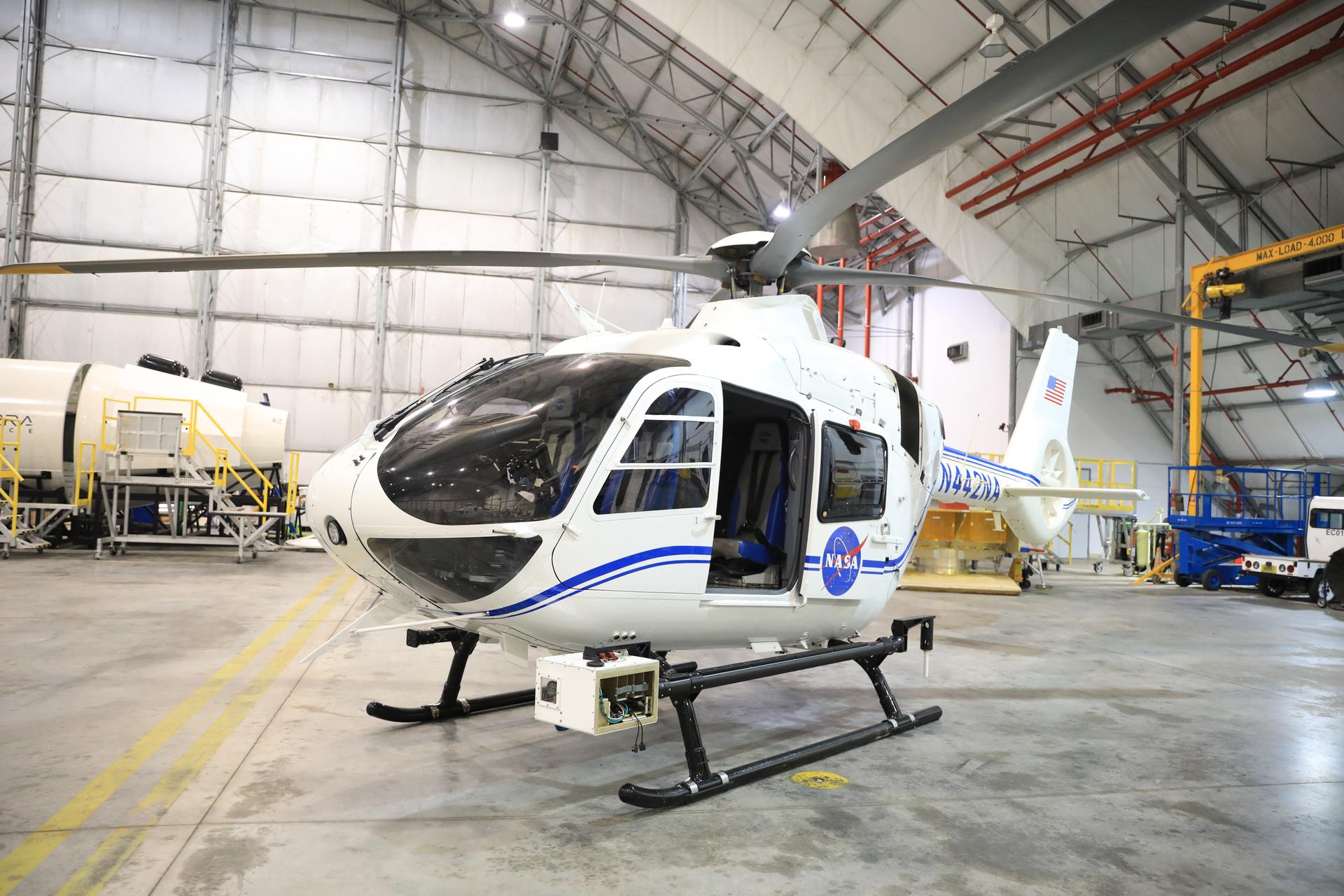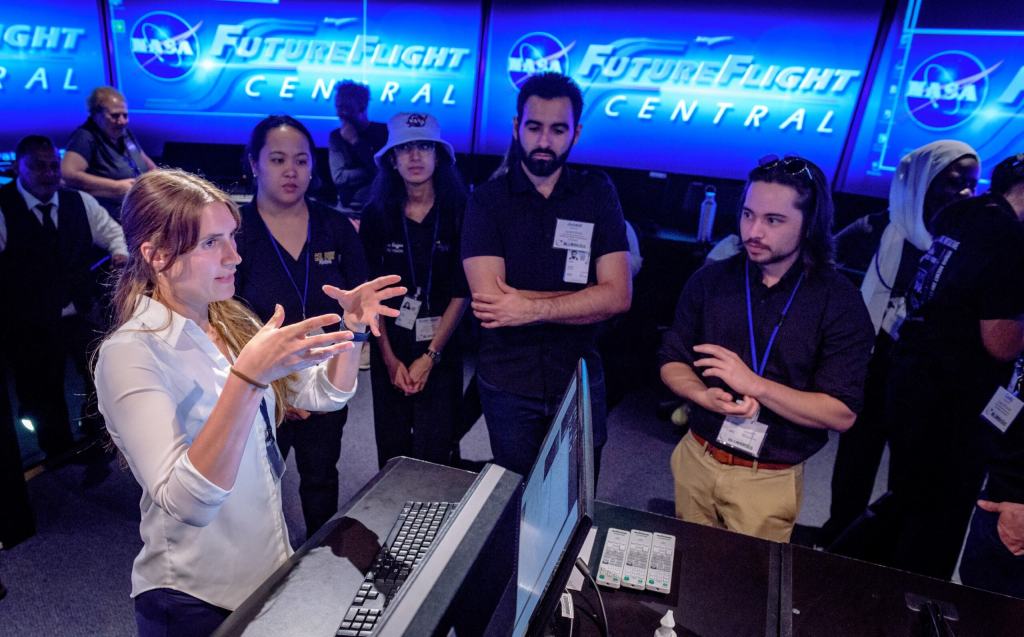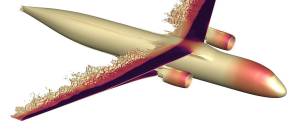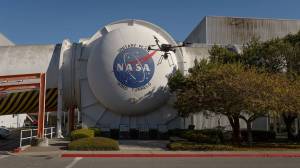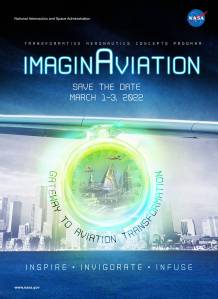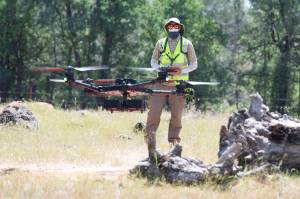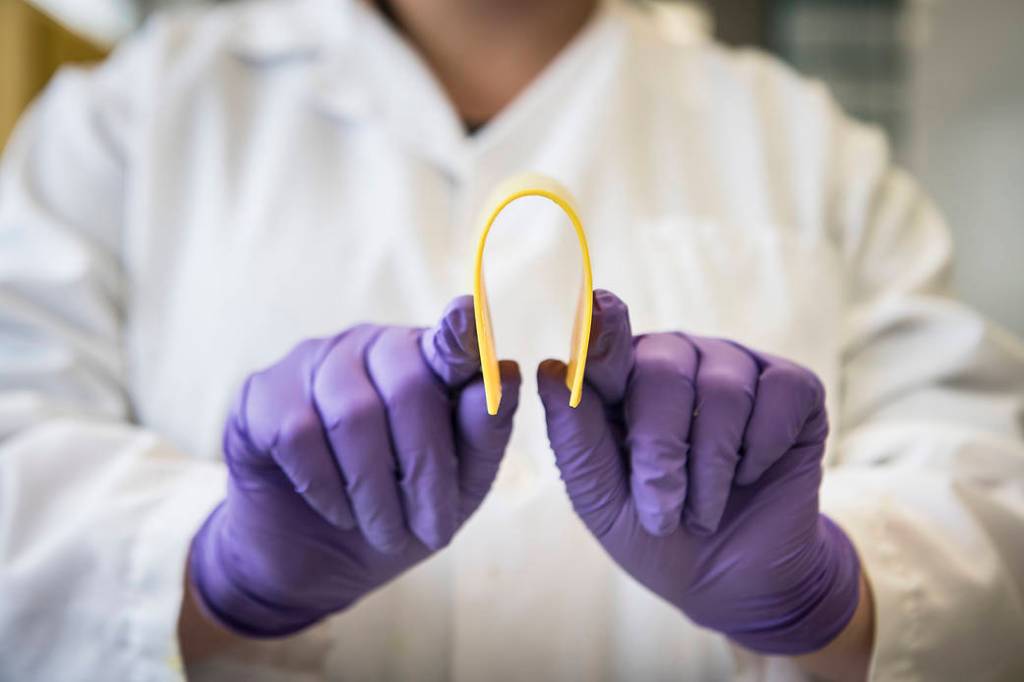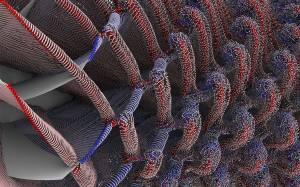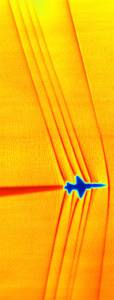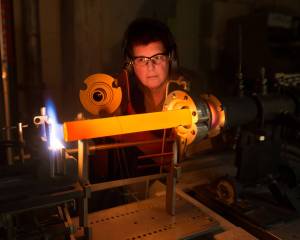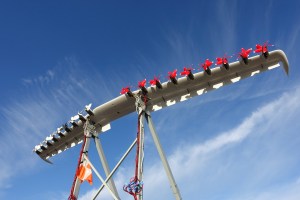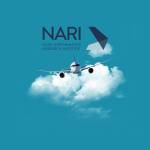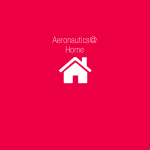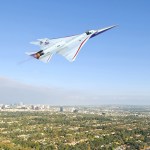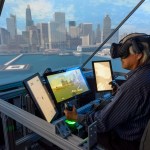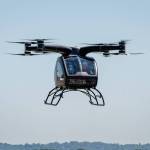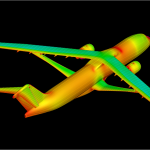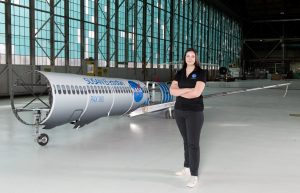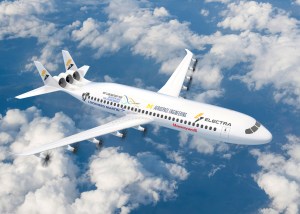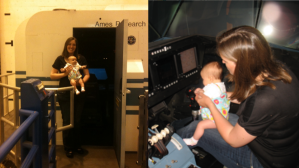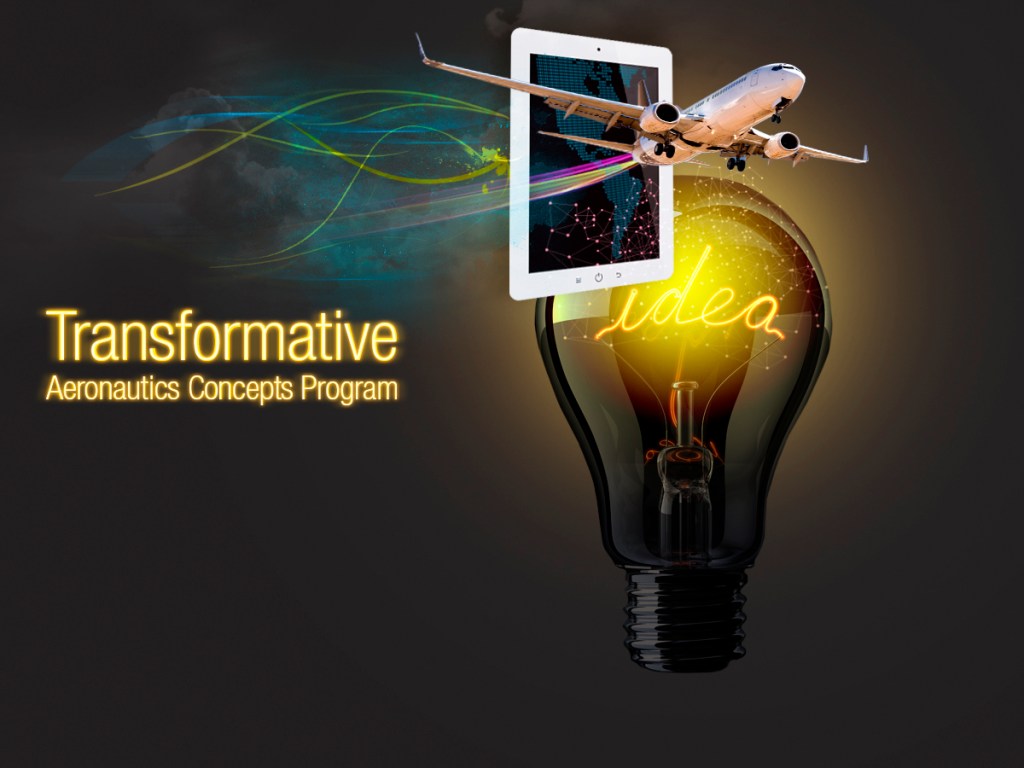
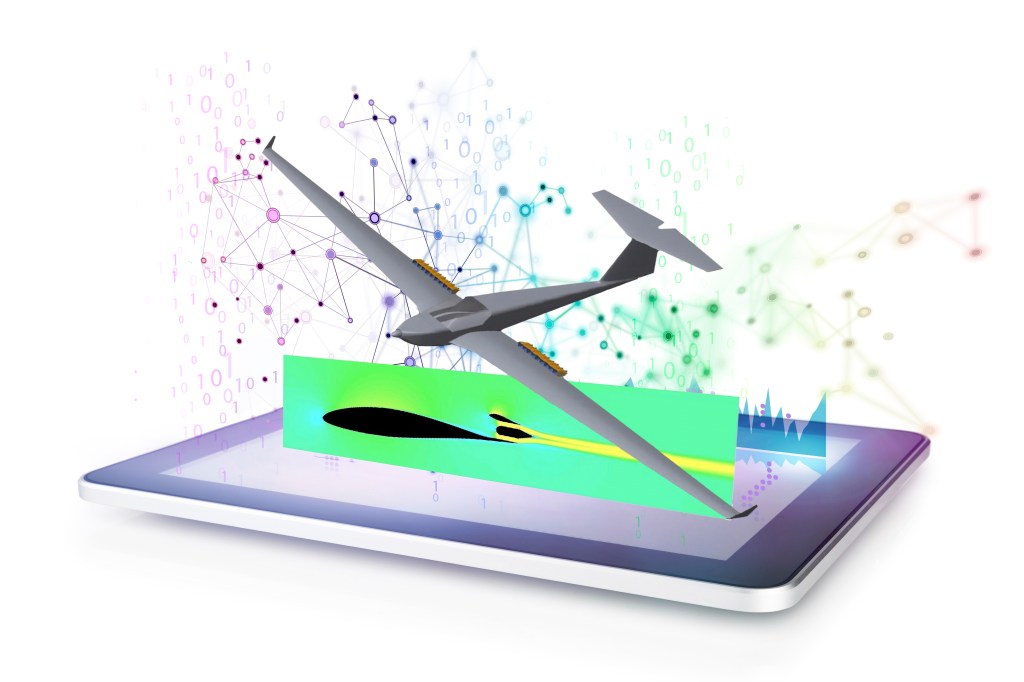

Transformative Aeronautics Concepts Program
The Transformative Aeronautics Concepts Program (TACP) solicits and encourages revolutionary concepts, creates the environment for researchers to experiment with new ideas, performs ground and small-scale flight tests, allows failures and learns from them, and drives rapid turnover into potential future concepts to enable aviation transformation.
PROGRAM DIRECTOR
Dr. John Cavolowsky
DEPUTY PROGRAM DIRECTOR
Angela Surgenor
A Gateway to Aviation Transformation
imaginAviation 2024 was held Feb. 27-29. While it may be over, you can relive the fun and learning by viewing all sessions on demand.
Watch the videos here about A Gateway to Aviation Transformation
TACP Leadership
Learn more about the leadership for the Transformative Aeronautics Concepts Program.


TACP Projects
TACP pursues its research goals across these projects.

Convergent Aeronautics Solutions (CAS)
NASA wants to increase innovation in the way airplanes fly and the aviation industry along with it. The Convergent Aeronautics Solutions (CAS) project invests in seemingly improbable ideas that might lead to solutions to the problems that plague aviation and impact safety, environmental and community impact, and the global growth in air traffic. The goal of CAS is to rapidly assess the feasibility of novel concepts to determine whether additional investment is warranted.
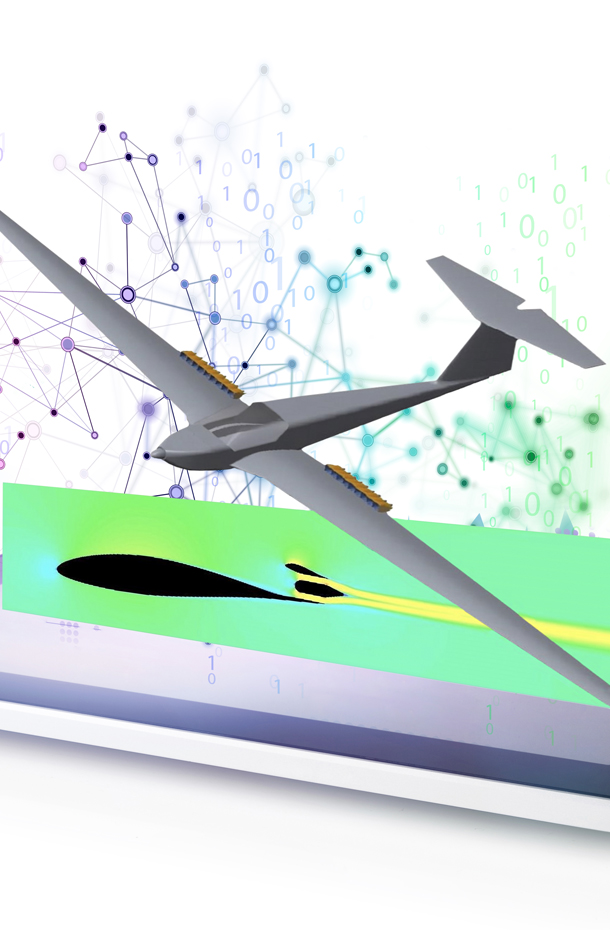
Transformational Tools and Technologies (TTT)
This project develops state-of-the-art computational and experimental tools and technologies that are vital to Aeronautics Research Mission Directorate's (ARMD's) ability to advance the prediction of future aircraft performance in flight, such as first-of-a-kind tools that isolate the complex turbulent airflow around vehicles and within propulsion systems. TTT creates computer-based tools, models and associated scientific knowledge that can be applied to the entire ARMD portfolio.

University Innovation (UI)
The UI project supports educating the next generation of aeronautical innovators by providing opportunities for university-led teams to conduct research into transformative technology that supports NASA's research goals. These opportunities include the University Leadership Initiative and the University Student Research Challenge. The idea is to spur universities to take a larger leadership role in advancing ideas that will transform aviation and maintain the nation’s leadership in the global aviation community.
Our Aeronautics Research is a Thing of Beauty
The rapid growth of high-performance computing (HPC) in the past decade has enabled the use of state-of-the-art computational fluid dynamics (CFD) methods for predicting aerodynamic flows and has fundamentally changed the aerospace design process. These spectacular visualizations showcase some of the work being done to predict the aerodynamic or acoustic performance of new subsonic fixed-wing or vertical-lift aircraft.
Watch More TACP Videos on YouTubeTransformative Aeronautics Concepts Gallery
University Leadership Initiative
Learn about the Transformative Aeronautics Concepts University Leadership Initiative (ULI).
Learn More About ULI about University Leadership Initiative



























